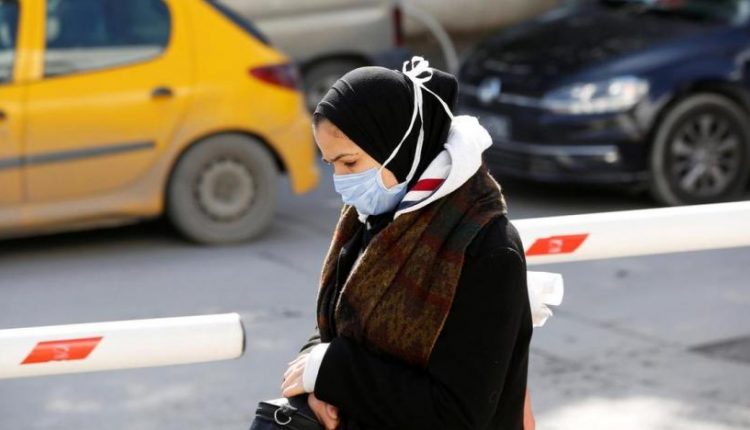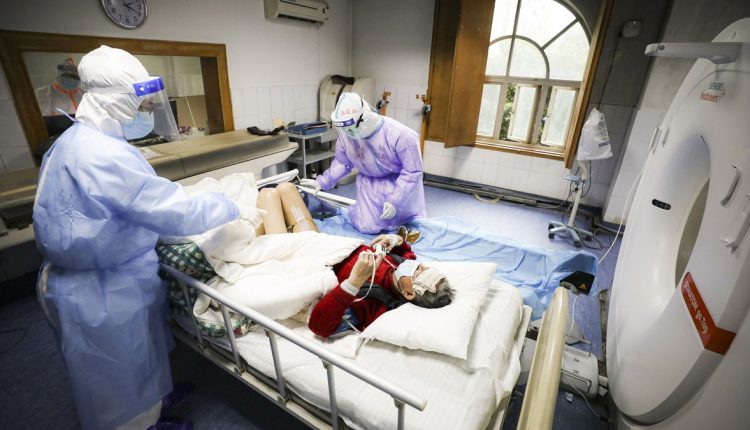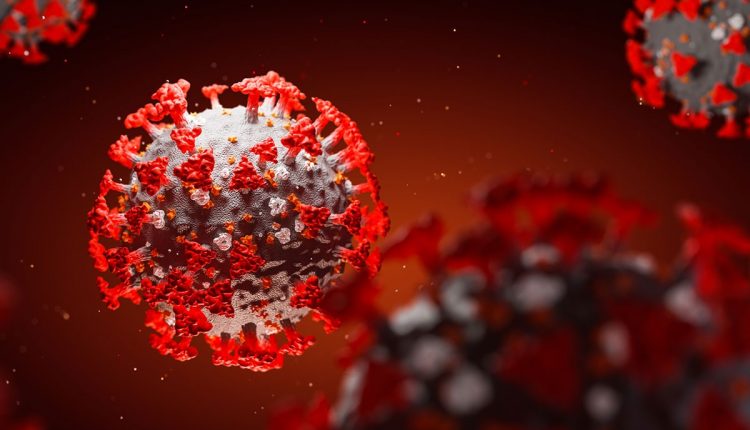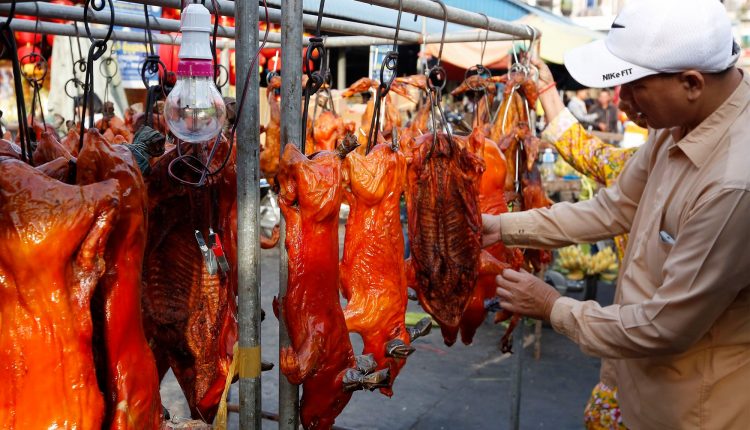With over 400,00 cases of COVID-19 and a death toll of almost 20,000, the world is in a panic. Billions of people are ordered to stay at home in an effort to curb the spread of the viral infection. To many, the situation remains eerily apocalyptic and still difficult to grasp; however, this is not the world’s first rodeo with a coronavirus, and it will not be the last.
In 2003, an outbreak of SARS coronavirus (SARS-CoV) in the Guangdong province of southern China reached 26 countries and resulted in more than 8,000 cases. The World Health Organization proclaimed the crisis a pandemic.

SARS, or Severe Acute Respiratory Syndrome, is caused by a coronavirus that is transmitted from person to person, with the patient experiencing symptoms during the second week of illness; these included fever, headache, chills, and muscle ache, similar to those of common flu and COVID-19.
Scientists believe that the SARS coronavirus is an animal virus from an as-yet-uncertain animal host, perhaps bats that spread to another animal, a civet cat, and then infected a human. Similarly, COVID-19 is thought to have originated in a bat that spread the virus to another animal species, possibly a pangolin, wherein it made the jump to a human.
These similar facts when juxtaposed to one another raise a question about pandemics and their association with bats, coronaviruses, and China.

Well, to answer the question, we first need to understand that under normal conditions, viruses are extremely specific to their hosts meaning that an animal virus would not infect a human cell. However, owing to the fact that viruses are rapidly evolving, a virus specialized in infecting one host can evolve the required biological machinery to infect a different host. In some instances, an animal virus can make the jump to a human cell, but for this to happen, both the animal and the human need to be in direct contact.

A coronavirus that infects Chinese horseshoe bats was found to be similar to the COVID-19; this fact raises the question of how a disease in a nocturnal, reclusive bat community, untouched by humans, could spread to 196 countries.

The answer is simple — Humans. The destruction of natural habitat, hunting, and other human activities have put humans in closer proximity to other wild animals, including bats.
China, in particular, has a number of the so-called wet markets, where both the SARS and COVID-19 outbreak have likely originated. These markets are “poorly regulated, live-animal markets mixed with illegal wildlife trade,” according to the Wildlife Conservation Society.
At such markets, narrow lanes are crowded with vendors selling fresh cuts of meat and ripe produce of dogs, chickens, pigs, snakes, pangolins, badgers, civets, and bats. In an environment like this, a bat virus can infect a civet cat or a pangolin and then make the jump to a human.

Following the SARS outbreak, China enforced a temporary ban on wet markets and the wild-animal industry; however, in August of 2003, after the WHO declared the pandemic contained, the Chinese government lifted the ban.
Likewise in 2020, the Chinese government banned the Huanan Seafood Wholesale Market in Wuhan, where scientists suspect the outbreak originated, followed by a temporary ban on all wet markets. A month later, as the situation exacerbated, the ban became permanent. Farms that breed and transport wildlife to wet markets were also quarantined and shut down. The whole wild animal industry came to a halt.

But what is it with bats? From Ebola to corona viruses, why does this animal, in particular, transmit the most resilient of pathogens.
Well, bats are the only mammals with the ability of flight, which allows them to spread in large numbers between different communities over a wide area; this leads them to harbor quite a large amount of diseases. Additionally, for a bat to fly, it requires a colossal amount of energy, which makes their internal body temperatures rise to feverish levels.
“When they fly they have a peak body temperature that mimics a fever,” said Andrew Cunningham, Professor of Wildlife Epidemiology at the Zoological Society of London, told CNN. “It happens at least twice a day with bats — when they fly out to feed and then they return to roost. And so the pathogens that have evolved in bats have evolved to withstand these peaks of body temperature.”
A fever is one of the body’s defense mechanisms against a pathogen, and since bat viruses can withstand such elevated temperatures, our innate, protective reflexes are obsolete in fighting them.

But in this situation, bats are not to blame. Scientists believe that when a virus makes its jump from an animal species to humans, it is always as a result of human activity. When a bat is stressed by being hunted or put in a cage awaiting slaughter, its immune system finds it harder to overcome pathogens.
“It would allow infections to increase and to be excreted — to be shed. You can think of it as if people are stressed and have the cold sore virus, they will get a cold sore. That is the virus being ‘expressed.’ This can happen in bats too,” said Cunningham.
Expression of the virus could lead to symptoms, which, in turn, allows the virus to spread to the bat’s external surroundings, where it could make the jump.
As with SARS in 2003, this outbreak of COVID-19 is expected to be contained. However, in its aftermath, we, as a species, need to take a moment and reflect on our impact on the earth. In light of this crisis, we hope that governments and big businesses will understand that if we do not part ways with our unsustainable way of life, our sophisticated world order will not stand a chance in the face of the consequences.
We need to take a stand against wet markets all over the world and pressure governments to ban this industry. We need to protect our wildlife and be better for the sake of the environment.



